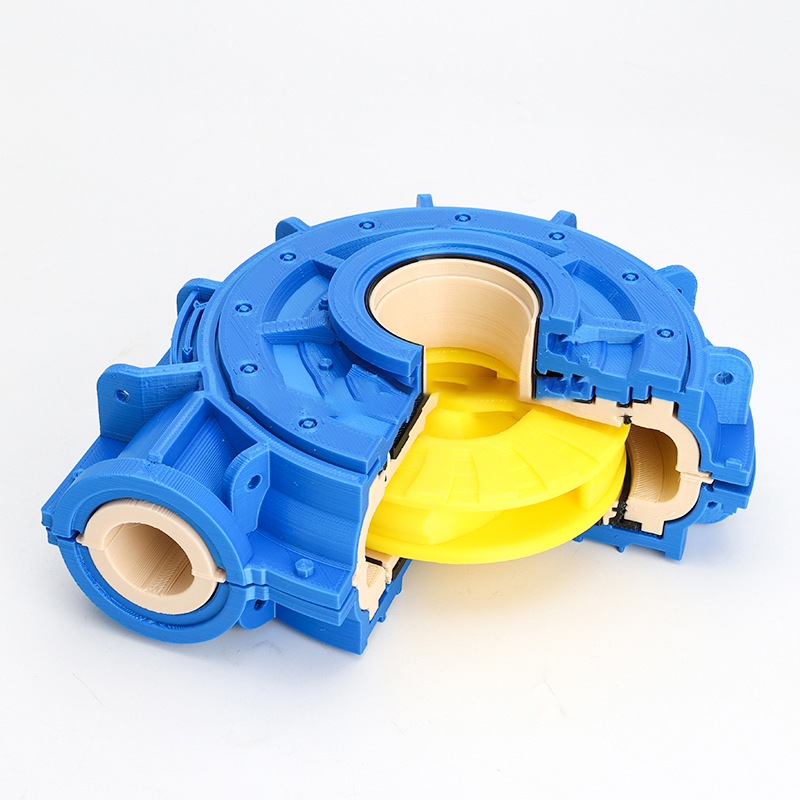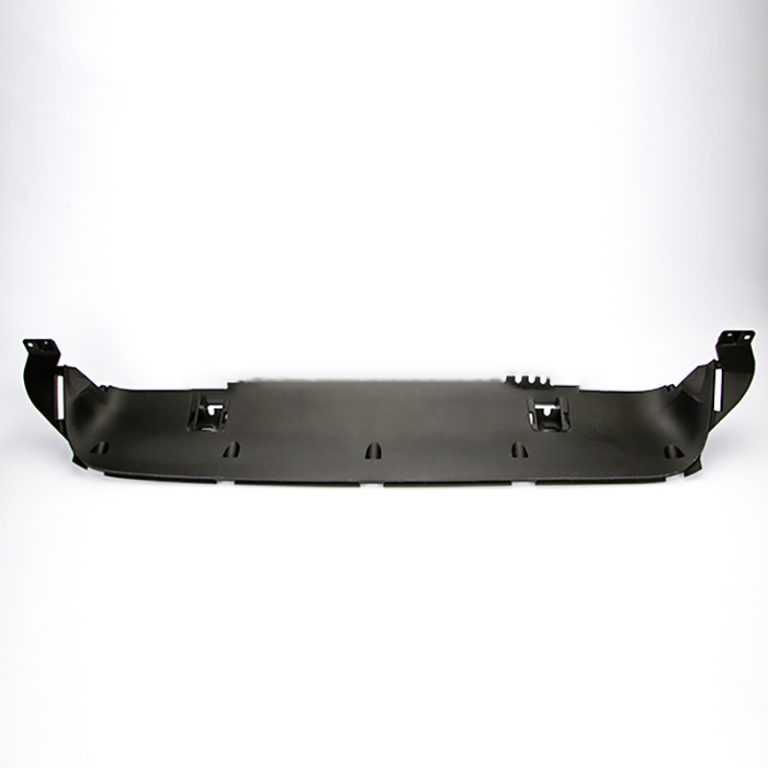Certainly! Let’s break down your questions:

- HS Code for Aluminum Prototype:
In international trade, products are classified using a system called the Harmonized Commodity Description and Coding System (HS Code). This system assigns a unique code to each type of product, including aluminum prototypes. The specific HS code for an aluminum prototype may vary depending on its exact composition and purpose. However, as a general guideline, prototypes typically fall under the broader categories of aluminum products (76XX) or machinery and mechanical appliances (84XX). It’s advisable to consult with customs authorities or trade professionals to obtain the precise HS code applicable to your specific prototype. - Rapid Prototype Definition in Manufacturing:
Rapid prototyping refers to a group of techniques used to quickly fabricate a scale model of a physical part or assembly using three-dimensional computer-aided design (CAD) data. It is a critical part of the product development process in manufacturing and serves several purposes:
1.Concept Testing: Prototypes allow designers and engineers to validate and refine their ideas before committing to full-scale production.
2.Design Verification: They help identify design flaws and optimize performance early in the development cycle.
3.Tooling and Manufacturing Validation: Rapid prototypes can be used to test manufacturing processes and ensure compatibility with production tools.
Key technologies used in rapid prototyping include 3D printing, CNC machining, and casting. Each method offers unique advantages in terms of speed, cost, and material properties. Rapid prototyping accelerates innovation by reducing time-to-market and enabling iterative design improvements based on real-world testing.
If you have more specific questions or need further details, feel free to ask!






